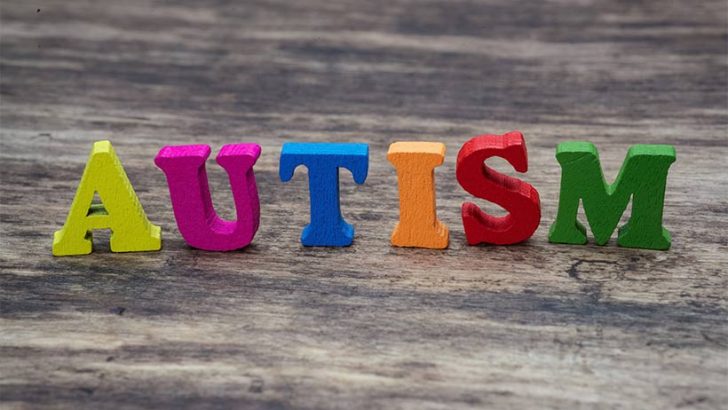Health Matters
Dr Andrea Fitzgerald
Autistic spectrum disorder (ASD) is a group of neurological disabilities that start in early childhood and are life-long. ASD encompasses a range of disorders, the commonest of which are Autism and Asperger’s syndrome. Symptoms are characterised by difficulties in communication, social interaction, and behaviour.
ASD seems to be on the increase, though nobody knows why. One of the main difficulties is that the cause is unknown, though it does show a genetic predisposition; approximately one per cent of the population suffers from ASD, but boys are four times more likely to be affected, and autistic traits have been proven to run in families; if one child in a family has ASD, the risk of another child being affected increases threefold. And if one of a pair of identical twins has ASD, there is a 60-90pc chance the other twin will also be affected.
ASD has been linked to many other factors, thought to affect brain growth either in unborn babies or young children. The most infamous alleged link — which has since been disproved — is between autism and the MMR vaccine.
However, other factors do seem to play a part in increasing ASD risk. These include rubella infection during pregnancy, maternal smoking during pregnancy, increased paternal age, and being born prematurely.
There are many symptoms of ASD, which can range from mild to very disabling, or may not be present at all. Some children display features of autism from infancy. Others appear to be developing normally until the toddler years, after which time their emotional and communication development slows or regresses.
Those on the milder end of the ASD spectrum may not be diagnosed until well into childhood or even as adults, though in retrospect their behaviour is likely to have been different to their peers since they were very young.
Parents most commonly notice symptoms of ASD when their child is two to three years old. A number of different tests are used to diagnose autism, and may vary depending on the age of the child being assessed.
Features of ASD to look out for include:
In babies: no social smiles, babbling, response to parents’ voices or desire to draw your attention to objects they find interesting.
They may cry inconsolably for long periods or play in particular ways and show certain difficulties interacting with others. Some may be very sensitive to loud noises (eg a vacuum cleaner) and the texture of certain materials and foods.
Older children may become increasingly stressed in the school environment, particularly as they are unable to understand normal social interaction.
Their speech may have an unusual tone or rhythm, they struggle to join in conversations, are unable to follow social trends, and may unwittingly invade others’ personal space.
ASD is a lifelong condition. There is no known cure, but there are treatments that can help. These are varied and should be tailored to each individual; most require a combination of treatments, including speech therapy, occupational therapy, specialised diets and medication.
Resources for sufferers of ASD in Ireland are limited, but there are pre-schools and schools around the country that either cater solely for children with ASD, or help to integrate them into mainstream schools.
The outlook for children with ASD depends on the severity of their symptoms, associated conditions and the child’s intelligence — those with a higher IQ have a better prognosis.
Severe cases may require 24-hour care lifelong. Others will lead a full life and progress through school, higher education, pursue challenging careers, and have fulfilling relationships with friends, family, a partner and children.



